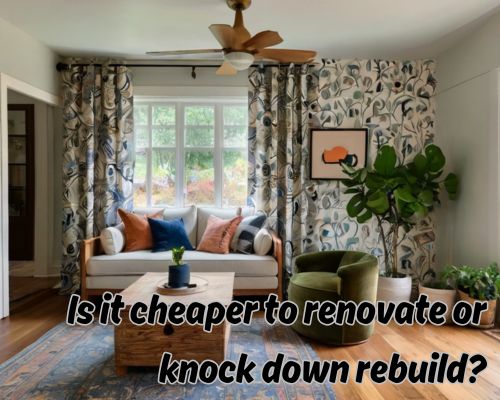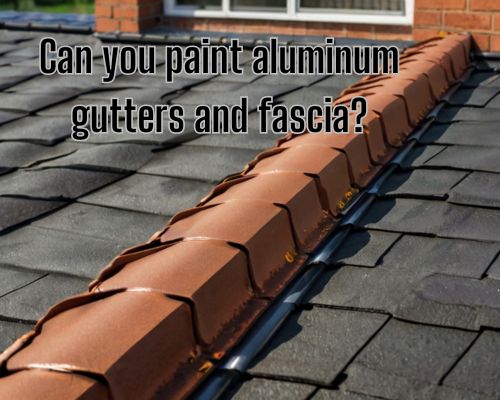
In the competitive world of auto transport, securing high-quality leads is crucial for business growth and sustainability. Companies that specialize in vehicle transportation rely on a steady stream of potential customers to keep their operations running smoothly. Finding the best option for auto transport leads can significantly impact a business’s success, ensuring consistent bookings and revenue. With the increasing demand for car shipping services, businesses must leverage effective lead generation strategies to stay ahead of the competition.
Understanding Auto Transport Leads
Auto transport leads refer to potential customers who are interested in shipping their vehicles from one location to another. These leads can come from various sources, including organic website traffic, paid advertising, social media campaigns, and lead generation services. The quality of leads determines a company's conversion rate, making it essential to focus on acquiring high-intent leads that are more likely to convert into paying customers.
A high-quality lead typically includes detailed information such as the customer’s name, contact information, vehicle type, pickup and delivery locations, and preferred shipping date. Businesses that invest in acquiring well-qualified leads can improve their efficiency, reduce marketing costs, and maximize profitability.
The Importance of High-Quality Auto Transport Leads
Not all leads are created equal. Some leads may be unverified or lack sufficient details, making them difficult to convert into actual sales. Low-quality leads can waste time and resources, resulting in reduced efficiency for transport businesses. High-quality leads, on the other hand, have a greater chance of conversion because they come from customers who are genuinely interested in the service.
For auto transport companies, investing in high-quality leads translates to higher booking rates and increased revenue. By targeting individuals who are actively searching for auto transport services, businesses can enhance their marketing efforts and ensure a steady flow of customers. A well-structured lead generation strategy enables companies to streamline their sales process and optimize customer acquisition.

Effective Strategies for Generating Auto Transport Leads
Generating quality auto transport leads requires a combination of marketing techniques and lead generation services. Here are some of the most effective strategies:
1. Search Engine Optimization (SEO)
SEO plays a crucial role in driving organic traffic to a business’s website. By optimizing content with relevant keywords, creating high-quality blog posts, and improving website performance, auto transport companies can attract potential customers who are actively searching for vehicle shipping services.
2. Pay-Per-Click (PPC) Advertising
Running PPC campaigns on platforms like Google Ads and Facebook Ads can help businesses target specific audiences based on demographics, location, and search intent. Paid advertising ensures that companies appear at the top of search engine results, increasing visibility and lead generation.
3. Social Media Marketing
Social media platforms such as Facebook, Instagram, and LinkedIn offer excellent opportunities for engaging with potential customers. Posting informative content, running targeted ads, and engaging with followers can help auto transport businesses generate leads and build brand credibility.
4. Partnerships with Lead Generation Companies
Working with professional lead generation services can provide a steady stream of high-quality leads. These companies specialize in gathering and verifying leads, ensuring that auto transport businesses receive valuable customer inquiries that are more likely to convert.

5. Referral Programs
Implementing a referral program can encourage satisfied customers to recommend the business to others. Offering discounts or incentives for referrals can help companies gain more leads through word-of-mouth marketing.
Choosing the Right Lead Generation Service
Selecting the right lead generation service is essential for maximizing success. Auto transport companies should consider factors such as lead quality, pricing, customer support, and the reputation of the lead provider. A reliable lead generation company will offer verified leads with complete customer details, ensuring a higher conversion rate and better return on investment.
Additionally, businesses should prioritize lead sources that provide exclusive leads rather than shared ones. Exclusive leads reduce competition and increase the likelihood of securing a booking. Conducting thorough research and reading customer reviews can help businesses make informed decisions when choosing a lead generation service.
Conclusion
In the highly competitive auto transport industry, securing high-quality leads is the key to sustained growth and profitability. Companies that invest in effective lead generation strategies, such as SEO, PPC advertising, social media marketing, and professional lead generation services, can gain a competitive edge. By choosing the best option for acquiring leads, auto transport businesses can enhance their customer base, increase revenue, and achieve long-term success.












